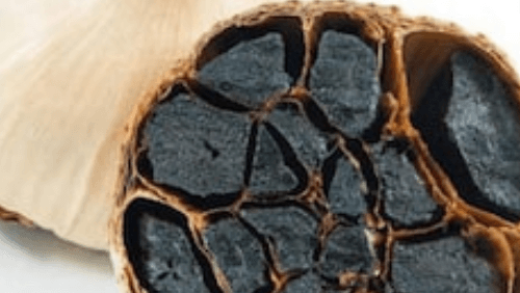Pain during periods has always been one of the most irritating and hurting issues for females worldwide. Putting on a question in regards to pain management during the menstrual cycle and getting an answer with positive results, is truly a feeling of satisfaction for all women. Even though, mild to tough cramps, irritability, and bloating are predictable (leading to nuisance)
during periods, the reason behind such crippling and painful periods is known to only a few of us.
Painful periods may show the symptoms like serious tiredness and heavy bleeding bringing an effect on the quality of your life. Lasing for periods of 3 days to a week, different women may observe different boy issues including:
- Throbbing in your uterus during the period
- Constant pain
- Excessive hurtng in your thighs and lower back
- Headache
- Loose bowel movement
- Faintness
- Nausea
The natural reason behind it?
Prostaglandins, the natural chemicals synthesized in the human body having hormone-like qualities, were first observed in the sperm of males which was further discovered in cells of a women’s menstrual fluid. They are known to cause an indirect effect on reproductive processes, playing a chief role in stimulating and resolving tenderness in the body.
Various other hormones, after being released by a gland are carried throughout the body’s bloodstream. But prostaglandins are produced in a needed area of the body itself.
It is already studied that these hormones are constantly available in the female all through a woman’s menstrual cycle. An overproduction of prostaglandins results in a condition of “primary dysmenorrhea,”. This hormone, once produced by the uterus starts contracting it. In case of strong uterine contractions, the bloodstream to the uterus is temporarily shut down. The condition results in deprivation of oxygen to uterine muscles and sets up the progression of menstrual twinges.
Other reasons.
Apart from the natural cause, typical menstural cramps may involve some of the unusual origins too. Some of them are mentioned as follows:
1. Fibroids.
The uterine fibroids are tissue that may range in size from tiny to adequately large to distort the shape of the uterus. Even though there are rare chances of a fibroid becoming cancerous, it may cause excessive pain while the menstrual cycle.
2. Endometriosis.
A type of gynecological disorder in which endometrium-like mass is found on the external region of the uterus on other structures throughout the pelvis, including the ovaries, bladder, pelvic floor, fallopian tubes, and other related areas in severe cases.
3. Pelvic inflammatory disease (PID).
It is an infection of the reproductive tract in females. It is most frequently caused by untreated sexually transmitted infections (STIs). When left untreated, such disorder can lead to infertility, inflammation, and painful menstrual cramps.
4. Adenomyosis.
This condition is found affecting the deeply embedded portion within the uterine muscle. With a risk of women with the age of 40, the disorder consists of the uterus acting like a damaged muscle.












Hi! Your blog on reading is so full of great insights. I like your idea of adapting such new things which are so informative…Amazing write-up!:)